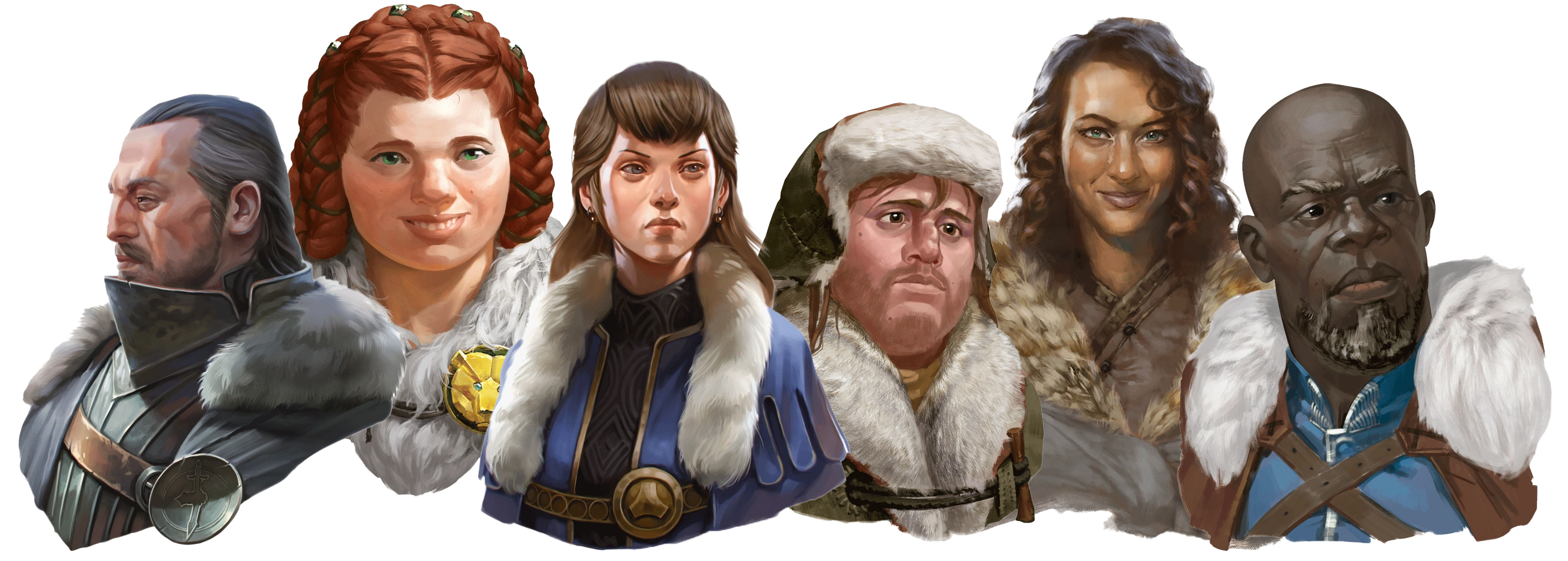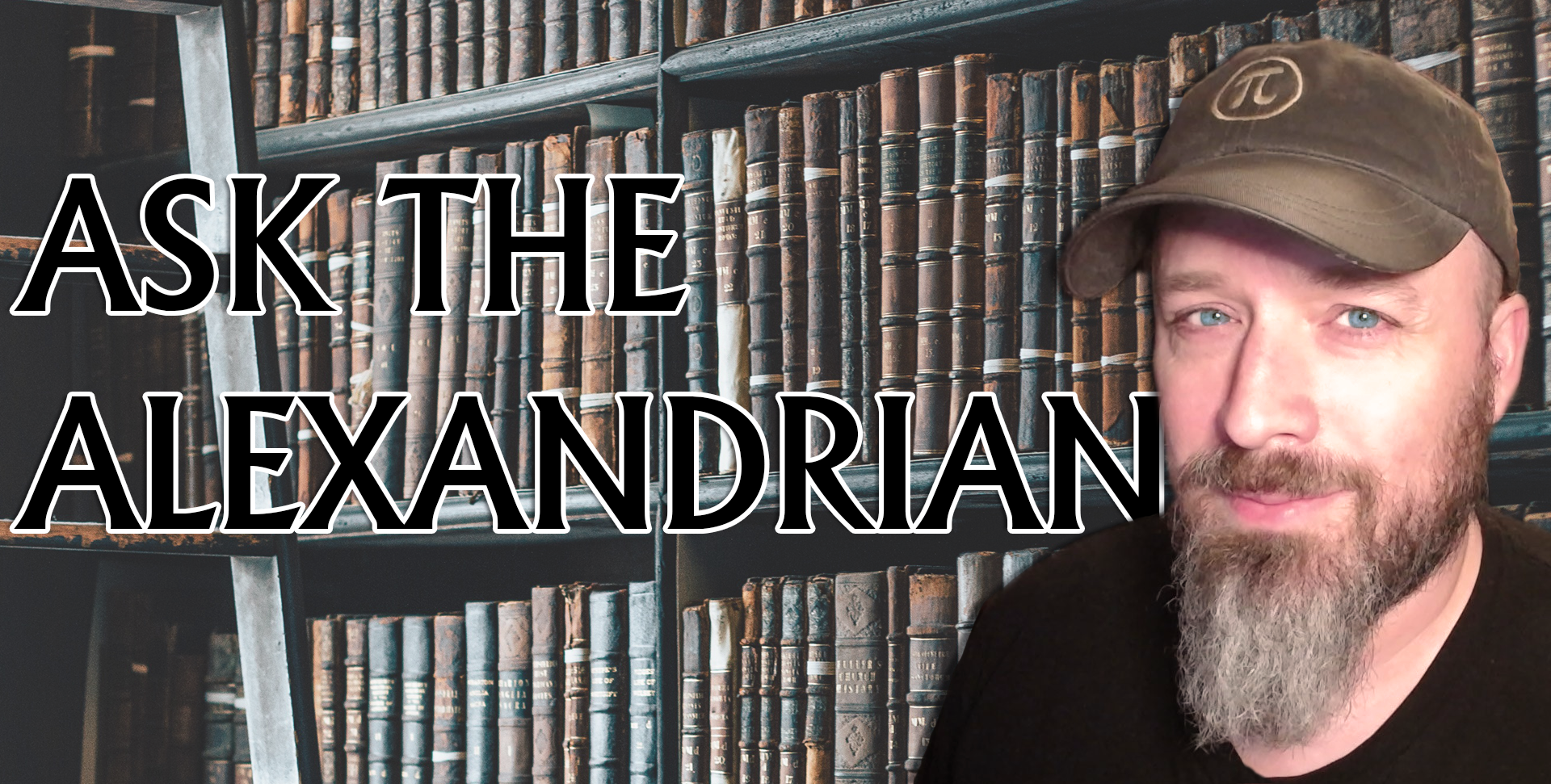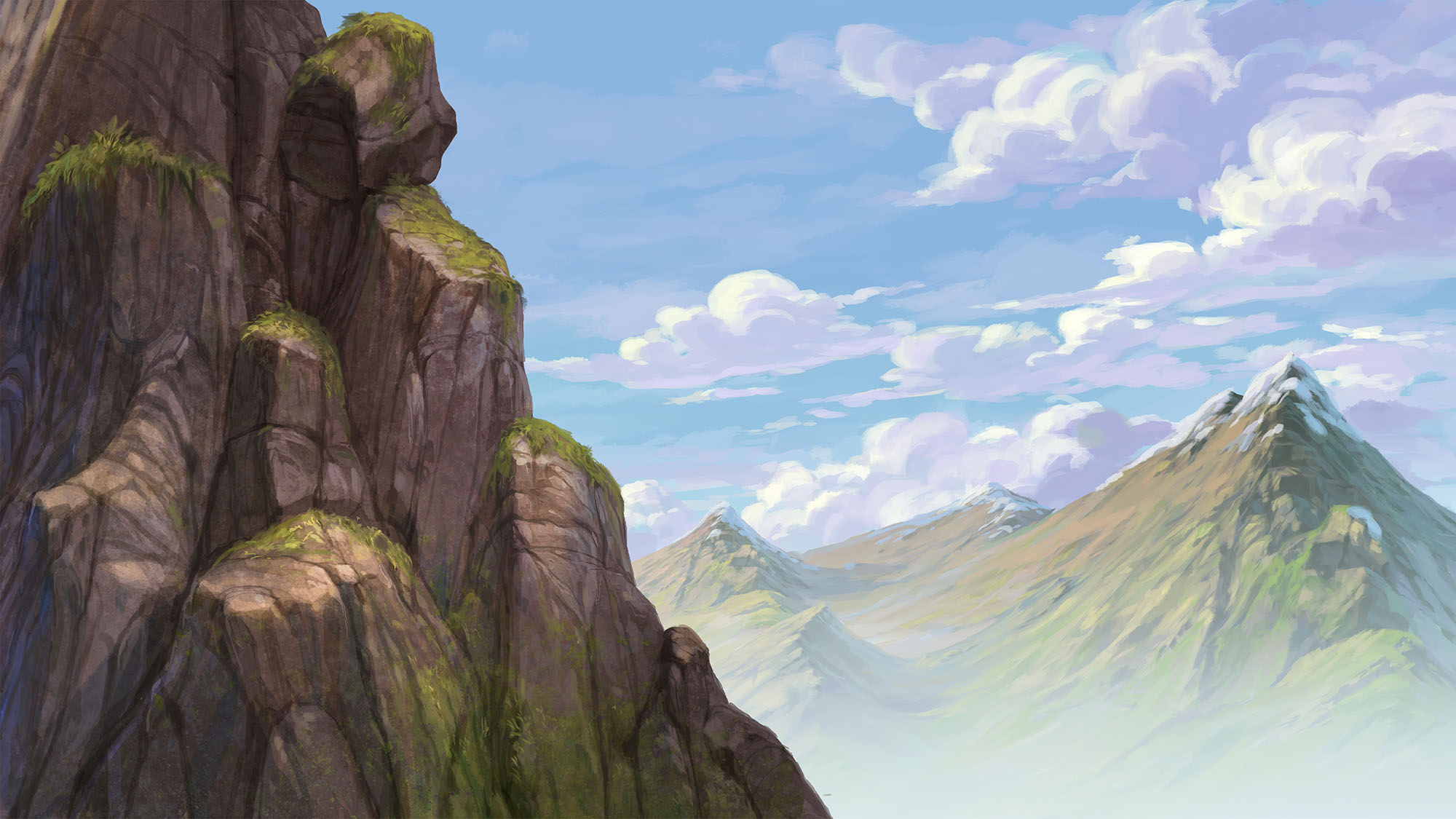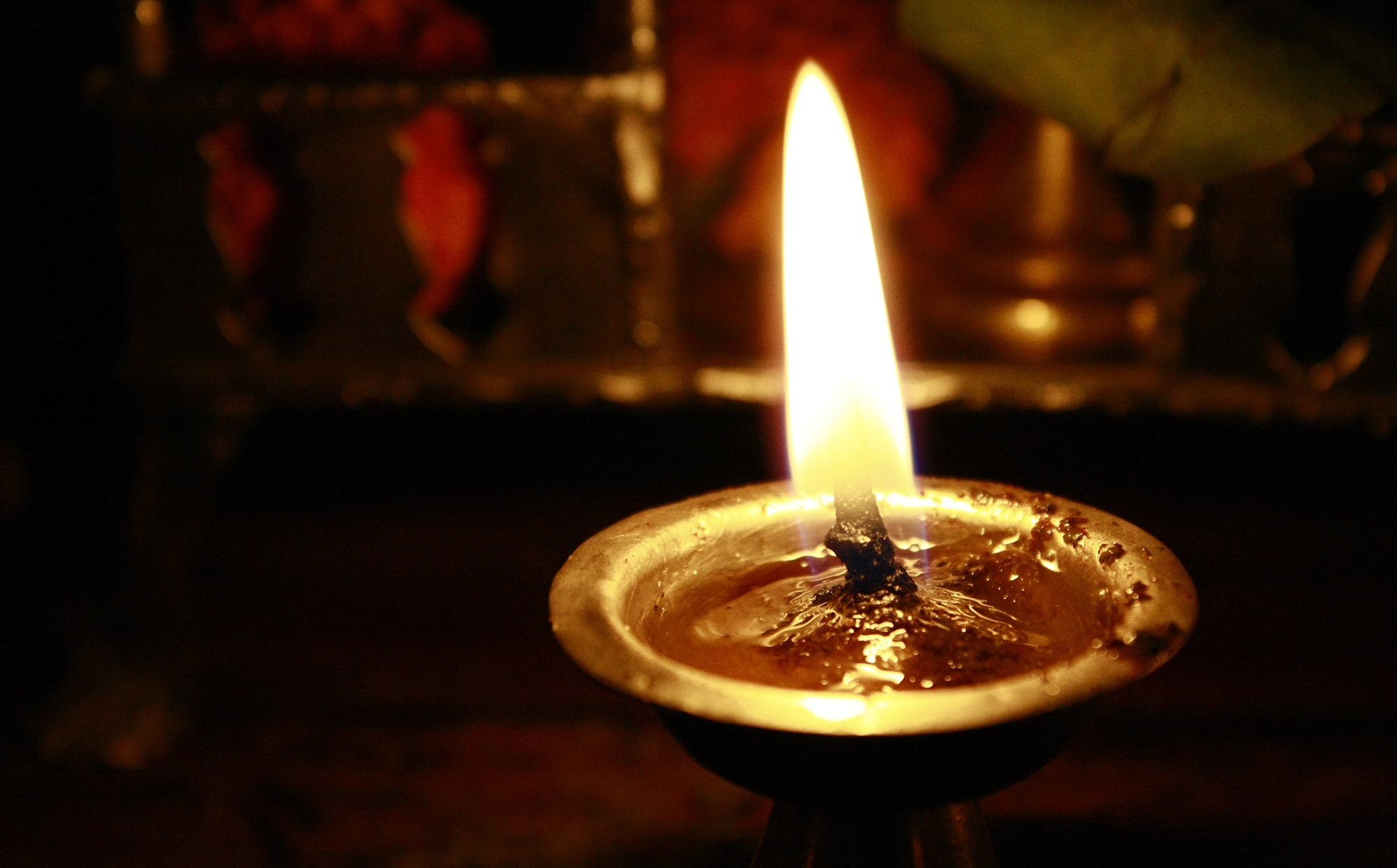In Phase 2 of Storm King’s Thunder, the PCs travel to one of three cities: Bryn Shander, Goldenfields, or Triboar. Each of these cities will be attacked by giants shortly after the PCs arrive, and in each of these cities there are six “Special NPCs” that the DM is supposed to give to the players to play during the attack:
In this chapter, each player runs not only a player character but also an NPC who has ties to the settlement that the characters are defending. Once you’ve determined where the adventure begins, make photocopies of the six NPCs corresponding to the location you’ve chosen.
(…)
Each NPC comes with a brief description, personality traits (a bond, an ideal, and a flaw), and a stat block. When the giant attack begins, give one NPC to each player and tell the player where the NPC is at the start of the encounter, as noted in the encounter description.
The structural concept here is that each Special NPC who survives the giant attack will deliver a Special Quest. The DM is supposed to spell this out to the players, by reading the following boxed text aloud:
In addition to your character, each of you has received a special nonplayer character with ties to the location where the adventure begins. Take a moment to review your NPC’s personality traits and statistics. One of your goals in this part of the adventure is to keep your special NPC alive. For each of these NPCs that survives, your party will receive a special quest that yields a reward upon its successful completion. The details of these special quests won’t be revealed until the end of this part of the adventure.
These Special Quests are the scenario hooks that propel the PCs from Phase 2 into Phase 3 of the campaign. The point, obviously, is for the PCs to exit Phase 2 of the campaign with a fistful of scenario hooks pointing in a whole bunch of different directions. In Bryn Shander, for example, you can get hooks pointing to:
- Ironmaster
- Waterdeep (x2)
- Hundelstone
- Neverwinter
- deeper into Icewind Dale
Looking at this section of the campaign, I really like the Special NPC dossiers and the gimmick of taking on these additional roles during the giant attack can be quite effective in lending an epic scope to these events.
What I DON’T like is that “explicitly explain the structural conceit” thing. It pierces the veil in a way that makes the game world feel less like a real place by popping a yellow exclamation mark over the NPCs’ heads. It’s also a little awkward to hand the players brand new characters to play just as a major combat is breaking out, because the pace of events will get bogged down in the procedural aspects of passing out the dossiers, explaining what they’re doing, figuring out the stat blocks, etc.
RUNNING THE PROXIES
Instead of waiting for the giant attack, give the Special NPCs to the players as they’re approaching the city limits. For example:
You see Bryn Shander on a hill rising from the wind-swept tundra. The sun is lowering in the sky and the chill of the wind is taking on a vicious edge. Ahead you can see two 30-foot-tall cylindrical towers flanking the gate.
CUT TO: Six people living in Bryn Shander.
At this point, distribute the NPC dossiers to the players and give them a minute to look things over. Put a copy of the Bryn Shander map on the table for the players to reference. Then prompt each player to frame a simple scene:
- What is something Augrek does every day?
- Where is Sirac right now?
- Markham is in Rendaril’s Emporium. What is he looking for?
- Duvessa Shane is having an argument. Who is she arguing with?
- Beldora is following someone. Who?
- Sir Baric, give me a Perception check to see if you catch the pickpocket taking your purse.
Briefly play through these scenes. Then cut back to the PCs entering the town.
Your goal here is to very quickly make the town come to life and get the players invested in it. When the giants attack later, the players now have a reason to really care about the community AND they’re already oriented to the Special NPCs and their lives, so they can jump straight in.
BEFORE THE GIANT ATTACK
The PCs will now go about their business. (Shopping, finding lodging, following up on whatever scenario hooks brought them to this city in the first place.) As they’re doing this, reincorporate the NPCs whenever you can:
- The PCs meet Sirac when they look for someone to give them directions.
- Markham is, conveniently, who they’re looking for.
- Duvessa comes in while they’re talking to Markham. She wants to talk to him about the argument she just had.
- As they head to the general store for supplies, they run into Sir Baric who is just finishing that pickpocketing scene.
- At the store, they meet Beldora.
And so forth. Whatever feels right for your group, based on how those first scenes played out.
The PCs don’t need to coincidentally meet every Special NPC. (No reason to force it.) But if that happens naturally… great!
Then, suddenly, in the middle of one of these scenes: GIANTS ATTACK!
AFTER THE GIANT ATTACK
In addition to the NPC dossiers, you’ll also want to have prepped a short handout for each scenario hook they can offer to the PCs. After the giant attack is complete, hand these to the appropriate players and let them frame up the scenes where they give the hooks to the PCs.
(You can give these out over time instead of all at once if that feels more appropriate. The pacing here is more art than science.)
The text from Storm King’s Thunder can serve as a good base for these briefing sheets, but you may want to tweak them a bit. For example, Beldora’s reads:
Beldora urges the characters to head southwest and take Ten Trail through the mountains to the mining settlement of Hundelstone. She suggests they make contact with a gnome named Thwip Ironbottom, who lives there year-round. If one or more of the party members are Harpers, she tells them that Thwip serves as the organization’s eyes and ears in Hundelstone. Beldora uses her sending stone to inform Thwip that the characters are coming.
This is very scripted and will likely feel awkward to the player. Shift the phrasing to give the player more leeway in playing the scene:
Beldora is impressed by the actions of the party and would like to recruit them as Harpers. If they’re interested, she’ll direct them to make contact with Thwip Ironbottom in the mining settlement of Hundelstone (which lies to the southwest and can be reached by following the Ten Trail through the mountains).
It’s a small shift, but hopefully the effect is fairly clear.
EXTENDING THE GIMMICK
In the Storm King’s Remix, you’ll repeat this same structure three times. This is good: Each time you do it, the players will feel more comfortable with what they’re expected to do, and the results will grow stronger as a result. You might worry that it will become repetitive, but in practice this won’t happen because the NPCs are unique and the circumstances distinct. The result will play out very differently each time.
Having done so, you might think about how this gimmick could be extended. (Particularly if it seems to be well-received by the players.) There are several ways to do this:
- When the PCs return to one of the three cities, take the time to once again frame up day-in-the-life scenes with the Special NPCs.
- Even if the PCs don’t return to one of the cities, perhaps one or more of the Special NPCs could be encountered elsewhere. (Beldora, for example, might be reassigned by the Harpers.)
- If the players seem really attached to their Special NPCs, you might use some light bluebooking to allow them to stay connected to the characters and follow up on what’s happening with them. (You could also use this as a vector for establishing the scope of the crisis affecting Faerûn; you might even have these NPCs maintain some form of correspondence with the PCs, allowing them to be conduits for additional information or scenario hooks as the campaign continues.)
You might also consider keeping an eye out for opportunities to use a similar technique in other locations during the campaign. (You would, of course, have to write up the appropriate NPC dossiers.) For example, what if the players took on the roles of various giants in Maelstrom when visiting the storm giant court for the first time?

















